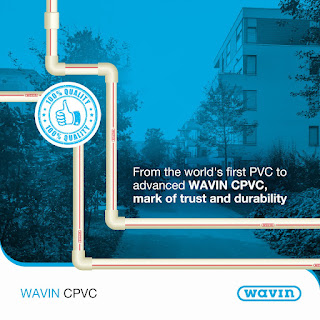A Brief History Of Pvc Pipes
Around the world, plastic pipes find widespread use in a number of applications. This has to do in part due to their higher resistance to corrosion and anti-rust properties, which is also the basis for their discovery. The first plastic material to be used for water pipe applications was polyvinyl chloride, or PVC, with earliest use dating back to the pre-WWII era, sometime in the 1930s. Since then, PVC has been widely used for water supply and management and other water-based applications. Even though PVC was first discovered back in 1835, it took almost a century for it to be used in plumbing as sanitary pipe fittings and pipes. In the initial days, PVC was being used to manufacture utility and sports items as shoe heels, raincoats, and items of other importance during the World War. During its initial discovery, PVC showed high temperature resistance, resisting damage of up to 130 degree Celsius. However, PVC sanitary pipe systems are not heat resistant and easily degrade ...


